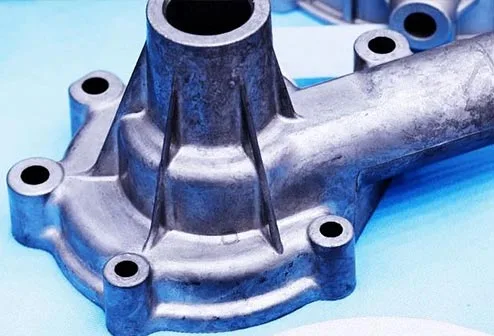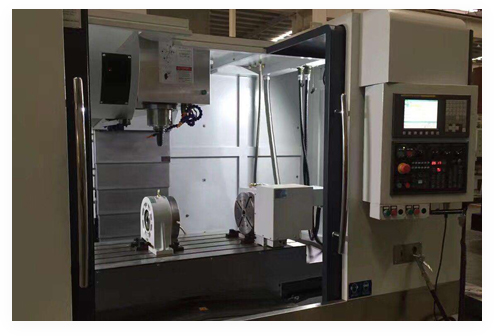In CNC machining, boring technology is used as a precision machining process with a spindle mounted sleeve. Boring is a machining process in which the internal surface of a workpiece is cut by a rotating tool on a boring machine to determine the precise hole diameter and surface quality. Boring is not only applicable to metal materials, but also widely evaluated in the machining of various materials such as plastics and composites.
Definition and significance: Boring is a machining method that involves machining a fiber or tapered hole inside a workpiece by rotating a cutting tool. Its significance is to provide high-precision, high-quality hole machining to meet the requirements of the workpiece for accuracy and surface quality. In CNC machining, boring can be used to create flat, precise holes to meet the demand for component accuracy in various industrial sectors.
Role of Machined Holes: Machined holes are bores obtained by machine processing. This includes, but is not limited to, providing accurate bore roles, quality surface finish, and conformance to specifications. In manufacturing, machined holes are an important step in achieving precision assembly of workpieces, ensuring compatibility and stability of components during assembly.
Boring technology plays a vital role in the manufacturing process, not only providing high-precision and high-quality hole machining, but also providing customized solutions for various industries to meet the specific needs of different applications.
Boring Machines, pivotal in achieving borehole machining, operate based on the cutting tool's rotation and movement to cut into the workpiece. Typically, a Boring Machine comprises a spindle, tooling, feed systems, and control systems. The spindle rotates the cutting tool while the tooling executes the actual cutting operation. The spindle rotates the cutting tool while the tooling executes the actual cutting operation. The control system oversees and adjusts the entire machining process.
Boring Machines encompass various types, including traditional horizontal boring mills, vertical boring mills, and CNC boring mills. Horizontal boring mills are suitable for machining of a variety of surfaces. Horizontal boring mills are suitable for machining larger workpieces due to their high machining stability and rigidity. Horizontal boring mills are suitable for machining larger workpieces due to their high machining stability and rigidity.
| Type | Features | Applications |
|---|---|---|
| Horizontal Boring Mills | Suited for larger workpieces, offering high machining stability and rigidity. | Shipbuilding, machining of large mechanical components. |
| Vertical Boring Mills | Lower height constraints, suitable for workpieces with restricted height. | Engine cylinder blocks, machining low-profile structural components. |
| CNC Boring Mills | Blend automation with precise control, ideal for high precision requirements. | Aerospace, automotive industry, precision instrument manufacturing. |
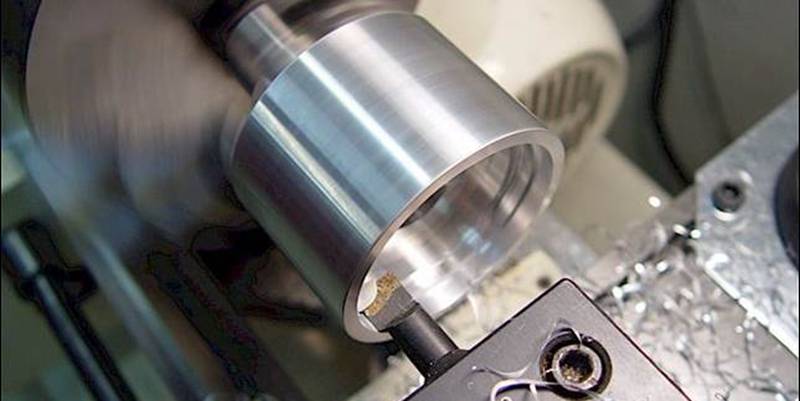
Boring and drilling are both processes for creating holes, yet they differ significantly in execution and application. While drilling involves a rotating tool to create holes, boring mills combine automation and precise control, ideal for workpieces demanding high precision. While drilling involves a rotating tool to create holes, boring employs a single-point cutting tool to refine existing holes, ensuring precise dimensions and superior surface finishes. Drilling is optimal for simpler hole creation, whereas boring excels in achieving higher accuracy and desired surface qualities in pre-existing holes. existing holes.
Boring and turning are machining techniques that involve rotational movement; however, their methodologies differ. CNC Turning machining primarily deals with external surfaces by removing material from the surface. Turning primarily deals with external surfaces by removing material from the workpiece's outer diameter, while boring focuses on refining internal surfaces, enhancing the precision and finish of existing holes. Despite their differences, both processes contribute to achieving specific dimensional and surface requirements. Despite their differences, both processes contribute to achieving specific dimensional and surface requirements.
Boring and countersinking serve distinct functions. Boring involves enlarging or refining holes to precise measurements, ensuring optimal fit and function of components. On the other hand, countersinking creates a conical recess atop a hole to accommodate screw heads, enhancing the flushness of fasteners with the workpiece surface. Each method caters to different needs in machining and assembly.
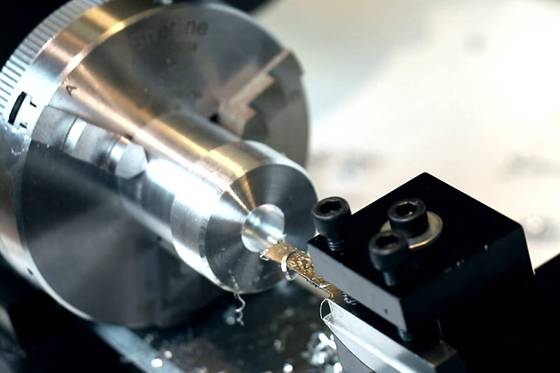
Boring, known for its meticulous approach, offers superior precision and surface quality compared to various machining methods. The use of single- point cutting tools enables fine adjustments, including the use of a single- point cutter, to be made to the surface of the workpiece. The use of single- point cutting tools enables fine adjustments, resulting in precise dimensions and surface finishes critical for demanding applications. controlled cutting action of boring contributes to minimizing deviations and achieving tighter tolerances.
To ensure the highest standards of precision and surface quality during boring operations, several factors are pivotal. Rigorous calibration and maintenance of equipment, precise tool selection, and the use of a variety of tools are essential. maintenance of equipment, precise tool selection, optimal cutting speeds, and feeds, as well as adequate coolant application, play integral roles. Moreover, the integration of advanced CNC systems allows for meticulous control, contributing significantly to achieving the desired accuracy and surface finish.
While both processes refine holes, they differ in their approaches. Boring enlarges or refines existing holes, ensuring precise dimensions and surface finishes. Reaming, however, enhances the accuracy and surface finish of pre-drilled holes, achieving tighter tolerances. Both processes complement each other, often using sequentially to achieve the same results. Reaming, however, enhances the accuracy and surface finish of pre-drilled holes, achieving tighter tolerances. Both processes complement each other, often used sequentially to achieve optimal results in creating high-precision holes.
Boring operations involve various techniques to optimize precision and surface quality. Implementing proper tool geometries, adjusting cutting parameters, such as speeds and feeds, and employing effective cooling or lubrication methods are crucial. Additionally, adaptive tooling strategies and specialized tool coatings contribute significantly to achieving desired outcomes in boring operations.
Boring technology finds diverse applications across various industries. In the automotive sector, it plays a crucial role in engine block In the automotive sector, it plays a crucial role in engine block manufacturing, ensuring precise cylinder bores for optimal engine performance. In aerospace, the production of aircraft components demands high-precision holes for structural integrity, where boring techniques are indispensable. Moreover, in the medical device industry, where precision is paramount, boring facilitates the process of designing and manufacturing of medical devices. Moreover, in the medical device industry, where precision is paramount, boring facilitates the creation of intricate components.
CNC (Computer Numerical Control) Boring has revolutionized machining processes by offering precise control and automation. Its application spans In manufacturing complex molds, CNC Boring ensures precise cavities. In the energy sector, it contributes to creating intricate components for turbines and generators.
Richconn's expertise in CNC Boring Services stems from its comprehensive approach to precision machining. With a foundation built on advanced technology and skilled craftsmanship, Richconn's expertise in CNC Boring Services is a result of the company's commitment to the highest standards of excellence. With a foundation built on advanced technology and skilled craftsmanship, Richconn delivers tailored solutions meeting diverse industry needs.
Richconn boasts a rich history in precision engineering, leveraging cutting-edge technology to cater to intricate machining requirements. Its specialization lies in CNC Boring Services. specialization lies in CNC Boring Services, ensuring high precision and exceptional quality.
The spectrum of services offered by Richconn encompasses a wide array of CNC Boring applications. From large-scale industrial projects to intricate precision components, Richconn's expertise in CNC Boring is a key factor in the success of the company. The spectrum of services offered by Richconn encompasses a wide array of CNC Boring applications. The services include but are not limited to automotive part machining, aerospace components, and medical device manufacturing.
Richconn integrates the latest technological advancements in CNC Boring, employing state-of-the-art equipment and advanced machining strategies. The utilization of Computer-Aided Design (CAD) and Computer-Aided Manufacturing (CAM) software ensures meticulous planning and execution.
Richconn's specialized capabilities in Boring lie in its ability to achieve micron-level precision, ensuring exacting specifications are met consistently. Their approach emphasizes not only high precision but also surface finish optimization.
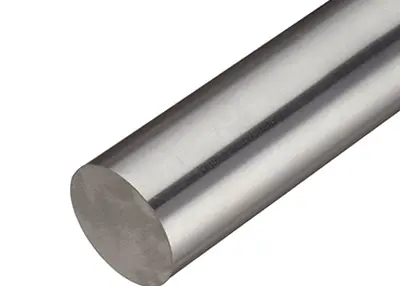 Can Titanium Be Machined: Comprehensive analysis of CNC machining of titanium materialsNovember 10, 2023Greetings, machining enthusiasts! Have you ever wondered if titanium, that resilient and lightweight metal, can truly be harnessed through CNC machining? I'm here to not only answer your burning question but to delve into the intricacies, challenges, and best practices associated with machining titanium. As Richconn, your go-to precision machine shop, let's unlock the full potential of this extraordinary material together.view
Can Titanium Be Machined: Comprehensive analysis of CNC machining of titanium materialsNovember 10, 2023Greetings, machining enthusiasts! Have you ever wondered if titanium, that resilient and lightweight metal, can truly be harnessed through CNC machining? I'm here to not only answer your burning question but to delve into the intricacies, challenges, and best practices associated with machining titanium. As Richconn, your go-to precision machine shop, let's unlock the full potential of this extraordinary material together.view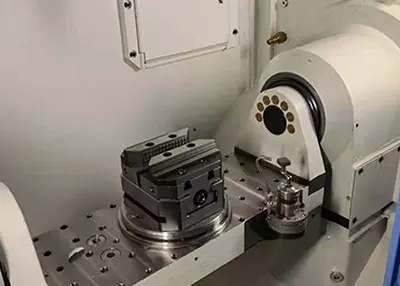 CNC Router Machinery: Unveiling the Core of Modern ManufacturingNovember 2, 2023Are you ready to explore the cutting-edge world of CNC router machinery? Whether you are a seasoned professional in the field or someone just getting started, this comprehensive guide will equip you with the knowledge you need to harness the full potential of CNC router machinery. From understanding the fundamentals to exploring innovative services, let's dive in and take your CNC router experience to the next level.view
CNC Router Machinery: Unveiling the Core of Modern ManufacturingNovember 2, 2023Are you ready to explore the cutting-edge world of CNC router machinery? Whether you are a seasoned professional in the field or someone just getting started, this comprehensive guide will equip you with the knowledge you need to harness the full potential of CNC router machinery. From understanding the fundamentals to exploring innovative services, let's dive in and take your CNC router experience to the next level.view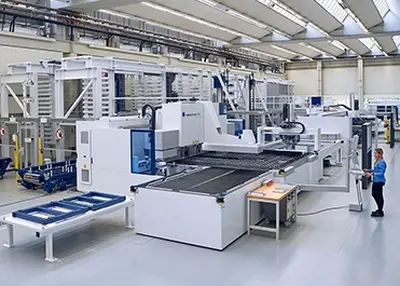 How to Choose CNC Machining Service Provider?October 25, 2023This article covers everything you need to know about quality control in your CNC machine shop. It will serve as a guide to help you quickly identify machine shops that you should work with and must avoid.view
How to Choose CNC Machining Service Provider?October 25, 2023This article covers everything you need to know about quality control in your CNC machine shop. It will serve as a guide to help you quickly identify machine shops that you should work with and must avoid.view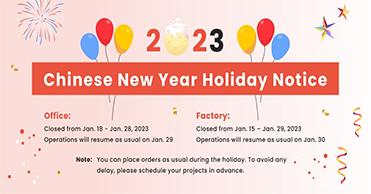 Richconn 2023 Chinese New Year Holiday NoticeDecember 2, 2022November 29, 2022Chinese New Year is approaching! We would like to remind you that Richconn will be on holiday to celebrate our Chinese New Year. For your convenience in arranging your project, please...view
Richconn 2023 Chinese New Year Holiday NoticeDecember 2, 2022November 29, 2022Chinese New Year is approaching! We would like to remind you that Richconn will be on holiday to celebrate our Chinese New Year. For your convenience in arranging your project, please...view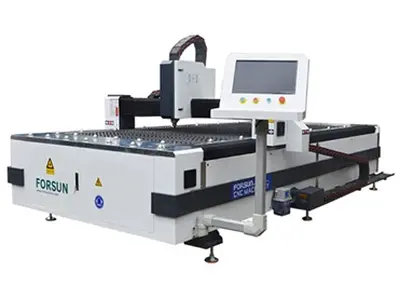 What is a CNC machine? The Precision Way to Modern ManufacturingSeptember 21, 2023CNC machine stands for Computer Numerical Control, which is a manufacturing process that controls the movement of a tool or machine through a computer program.view
What is a CNC machine? The Precision Way to Modern ManufacturingSeptember 21, 2023CNC machine stands for Computer Numerical Control, which is a manufacturing process that controls the movement of a tool or machine through a computer program.view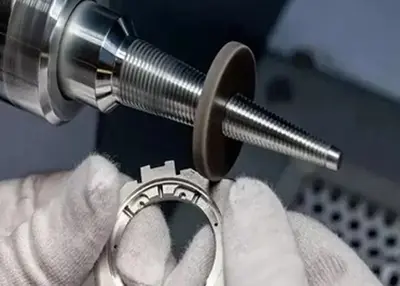 Aluminium Anodizing Services Process FlowApril 25, 2023The general process of anodizing aluminum and aluminum alloys can be roughly divided into pre-treatment, anodizing, and post-treatment (non-decorative products can skip coloring).Mechanical pre-treatm...view
Aluminium Anodizing Services Process FlowApril 25, 2023The general process of anodizing aluminum and aluminum alloys can be roughly divided into pre-treatment, anodizing, and post-treatment (non-decorative products can skip coloring).Mechanical pre-treatm...view
 EN
EN
 ru
ru 
